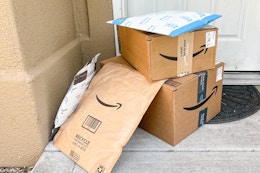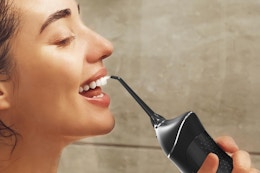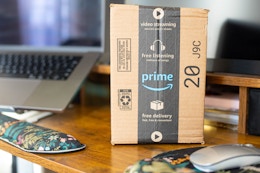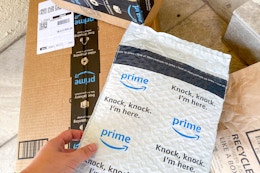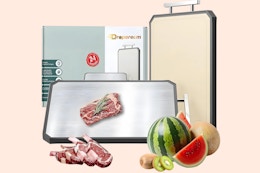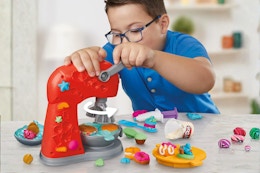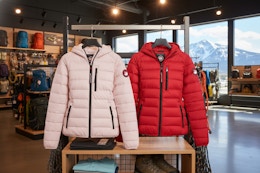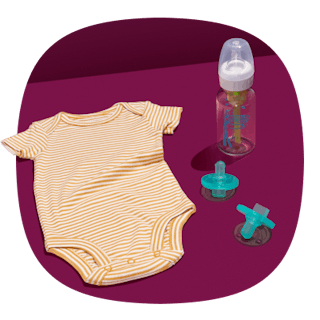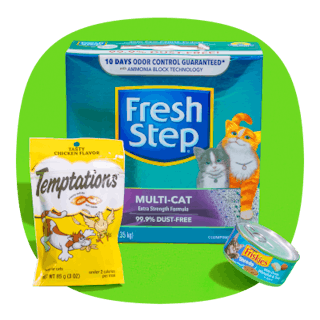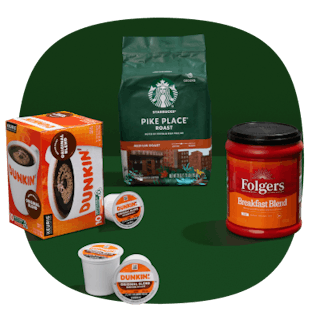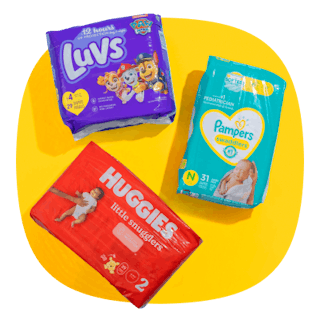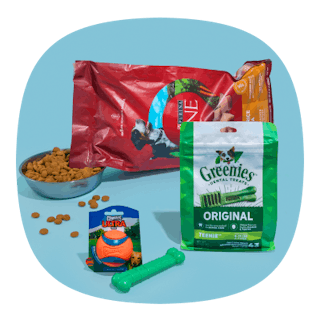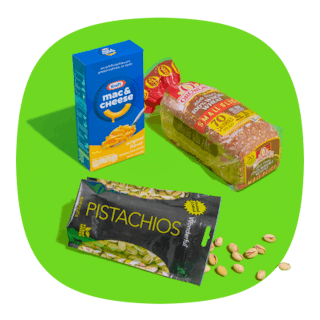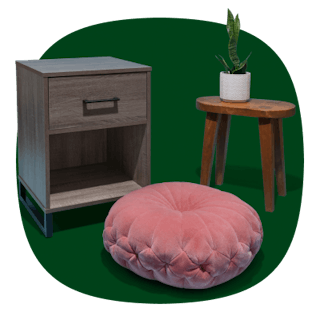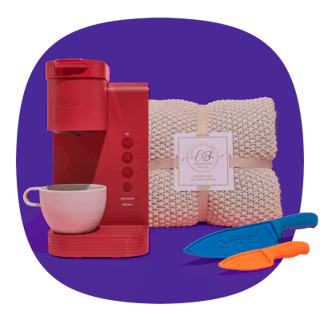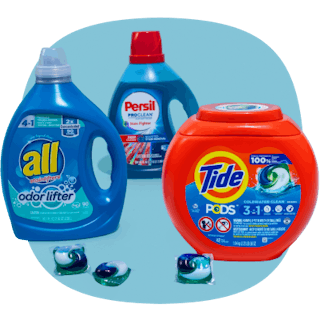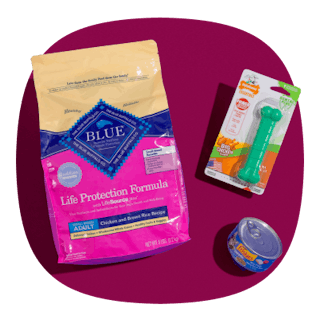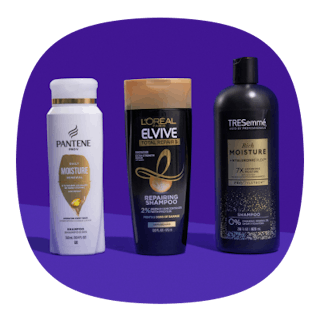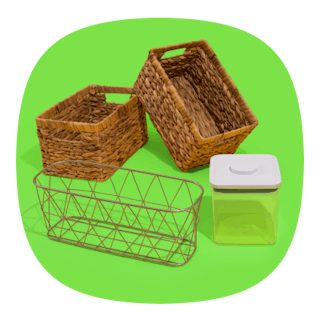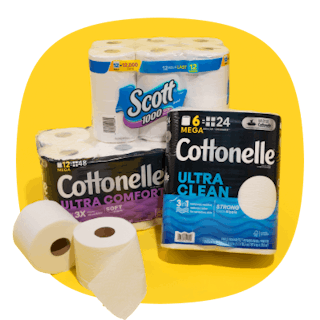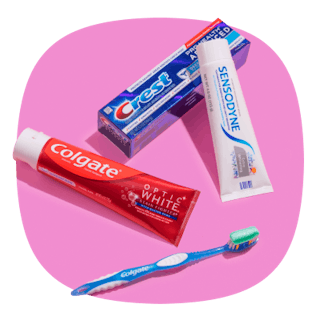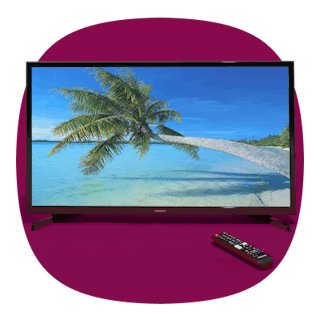A Blackstone griddle is a great tool to have when you’re cooking for a big crowd or batch-cooking larger portions at home for meal prep. For those of us that love to camp, a Blackstone griddle can also be a great tool for easy cooking at a campsite. If you don’t want to dirty up every pan you own, this beauty is where it’s at for efficient cooking.
If it’s time to give this culinary workhorse a glow up, we’re going to teach you how to clean a Blackstone griddle. With proper care, a good griddle can last you 10 – 20 years. So, it’s worth investing in the right cleaning techniques to it new life.
Download the Krazy Coupon Lady app so you never miss out on the best tips and discounts.
When To Clean A Blackstone Griddle

While you’ll want to make sure your Blackstone griddle is well seasoned, you’ll still need to clean it after every use. This prevents buildup and rust from accumulating on your cooking surface.
Cleaning is relatively simple. It’s best to do some basic cleaning while the griddle is still hot. This makes it easier to clear off debris and buildup without scratching your cooking surface when removing caked on foods. With that being said, the best time to clean your Blackstone griddle is right after you’re finished cooking, before the cooking surface completely cools.
Related: Thinking of buying a grill?
What You’ll Need To Clean A Blackstone Griddle
- Warm water
- A metal scraper or spatula
- Paper towels
- Cooking oil (canola works well)
How To Clean A Blackstone Griddle:

Step One: Scrape off any debris while the griddle is still hot
Make sure to have a metal scraper or spatula on hand to remove any caked on food. While the cooking surface is still hot, run the spatula over it to break up any food that might be stuck to the griddle.
Step Two: Wipe down the surface with water and paper towels
Spray or pour some water on the griddle surface after you’ve removed any stuck debris with a scraper. Take some paper towels and wad them up thickly to avoid touching the hot surface with your hand (or wear protective gloves). After the surface is wet, take the paper towels and wipe down the hot surface to blot up dirty oil and food debris.
You may need to repeat this process several times to ensure the griddle is sufficiently cleaned. When your paper towels can be wiped over the surface without producing additional used oil or debris, you are done.
Step Three: Coat The Griddle With Oil
After you’ve taken a few passes with paper towels and you’ve removed all the used cooking oil, season the cooking surface. As your Blackstone griddle continues to cool, go ahead and drizzle on a light layer of oil or cooking spray. Coat the surface with about a tablespoon of oil, being cautious you don’t overdo it.
You can use any cooking oil you have on hand, but you’ll want to select a cooking oil or spray with a high smoke point. Avocado, canola, safflower, sunflower, and peanut oil are all good choices for oils that do well on the high heat of a Blackstone griddle.
Spread the oil evenly across the cooking surface, using your spatula or scraper to ensure the coat is even and covered throughout. Check for any pooling or dripping off the sides. A light, even coating will ensure your cooking surface is prepped without being messy
Any excess oil can be blotted up with a clean paper towel, and you’ll be ready to cook again, knowing how to clean a Blackstone griddle after each use.
Can You Clean Your Blackstone Griddle With Soap?
While you can use soap before your first use of the Blackstone griddle, for everyday maintenance it’s not recommended. Wiping down the surface with water and paper towels to remove any food or dirty oil will be sufficient. With regular and consistent maintenance, you’ll be able to retain the seasoning for a more resilient non-stick surface.
Do You Need To Season Your Blackstone Griddle?
A Blackstone griddle gets better with each use, if maintained properly. You should be able to properly season it by simply removing any used oil and food residue. Then, use the steps above to coat your griddle with a light coating of oil. Each time you cook, your nonstick surface will get better.
Download the KCL app to add and redeem coupons in store














